Interview with a Frame
Learn about the process wood takes to become a frame!
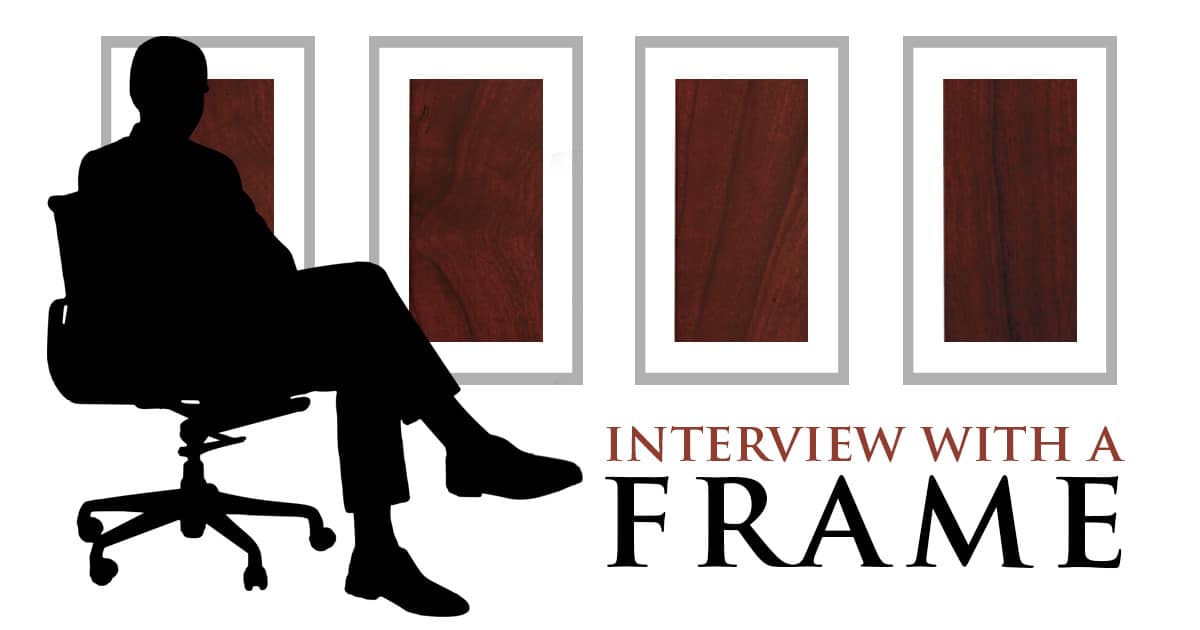
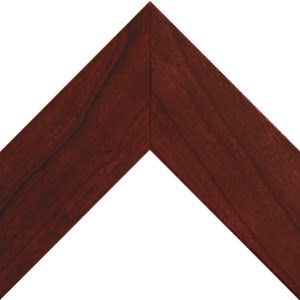
Interviewer: Thank you for joining me today, Barrington. I don’t think many people understand how a piece of wood becomes a beautiful frame.
Barrington: My pleasure. I’d love to share my journey from wood to wall adornment. What are your questions?

Q: What type of wood are you?
A: I’m Cherry wood. My rich look, fine grain, and red coloring make a prized frame.
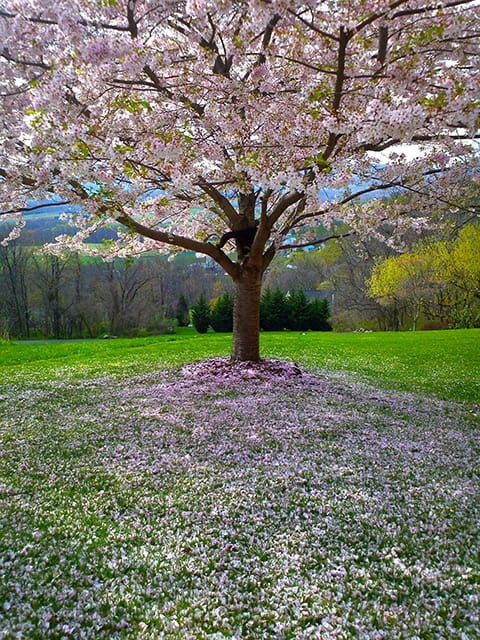
Q: At what point did you realize you were going to be a frame, instead of, say, firewood?
A: When did I know I was going to be a thing of beauty? Have you seen me in the Spring? I’ve always heard comments about how beautiful my grain was, so I knew I was destined for a bright future.
Q: Are you the best wood for a picture frame?
A: I think I am! There are many woods that make good frames. Straight, fast-growing trees are best, regardless of species. Cherry is quite popular.
Q: What are some woods used for making frames?
A: There are many woods perfect for making a good frame, so it depends on what kind of wood is needed. Some of the most common woods used are Pine, Ayous, Bass, Balsa, Spruce, Ramin, Poplar and Jelutong.
Q: You didn’t mention oak, walnut or maple?
A: These are hardwoods. Difficult to mill, but they make beautiful frames due to their gorgeous grain patterns. Oak is used for certain frames, but it is a heavy wood, and weight can be a disadvantage for a frame. Often softwood frames are given a finish that resembles hardwood colorings and grains.
Q: Is wood the best material for a frame?
A: Well, you’re asking me, so YES! But here’s why I say that: Wood is a natural product with a warm feel and look that when properly taken care of, can last forever. If it breaks, it can be fixed rather easily.
Q: How does raw wood become a frame moulding?
A: Raw wood stock is turned into a frame profile in a process called milling, utilizing special saws and routers to form the basic shape. The frame can then be carved, gessoed, gilded, veneered, or stained. For example, I was milled to have a flat profile and stained with a rich colorful finish. My beauty lies in my simplicity, but other wood frames can be quite ornate.
Q: What does a Framer do with the frame moulding?
A: Picture framers usually order pre-finished wood moulding in length. The moulding is cut down to size and its corners joined together with glue or pins to make the full frame. Artwork is put into the frame along with matting, glazing, and backing.
Q: Why are real wood frames more expensive?
A: Wood is a natural product, and you are ordering a custom length of a specially finished material. It depends on the finish of the moulding and its profile – is it water-gilded? Oil gilded? Stained or painted? Carved? Crafting hand-finished frames can be labor-intensive, as it is a custom-built item. Building a frame and assembling its various components involves a lot of hard work by hand. I am the finest quality frame you will find, and my framer worked hard to make me look my best.
Q: What is your goal in life?
A: I have two goals – to protect the art or memorabilia that I will frame, and to enhance the room I am hung in. That’s what us Frames do!
Interviewer: Thank you so much for taking me on your journey. I hope it makes it easier for customers to choose the right frame for their art and mementos.
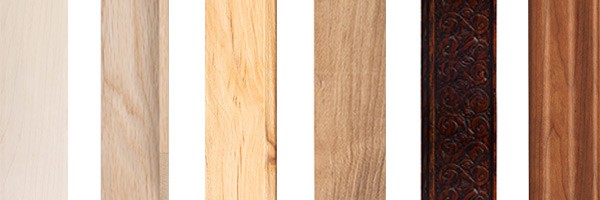
Hard Woods for Frames
Soft and easily milled woods are usually used for making ornate frames. Hardwoods, like the Barrington Cherry featured above, usually have an attractive grain pattern that is the primary focus of the frame. Examples include maple, oak, hickory, walnut, ash and, of course, cherry.
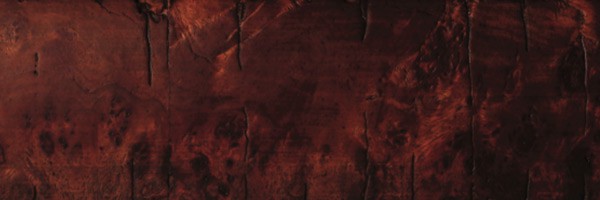
What is Burl?
A Burl is an abnormal growth in certain trees. It is filled with small knots from dormant buds, creating a beautifully unusual grain, but too unstable and too small for lengths needed for moulding. It is sliced into very thin layers and used for veneering on furniture items including picture frames.
